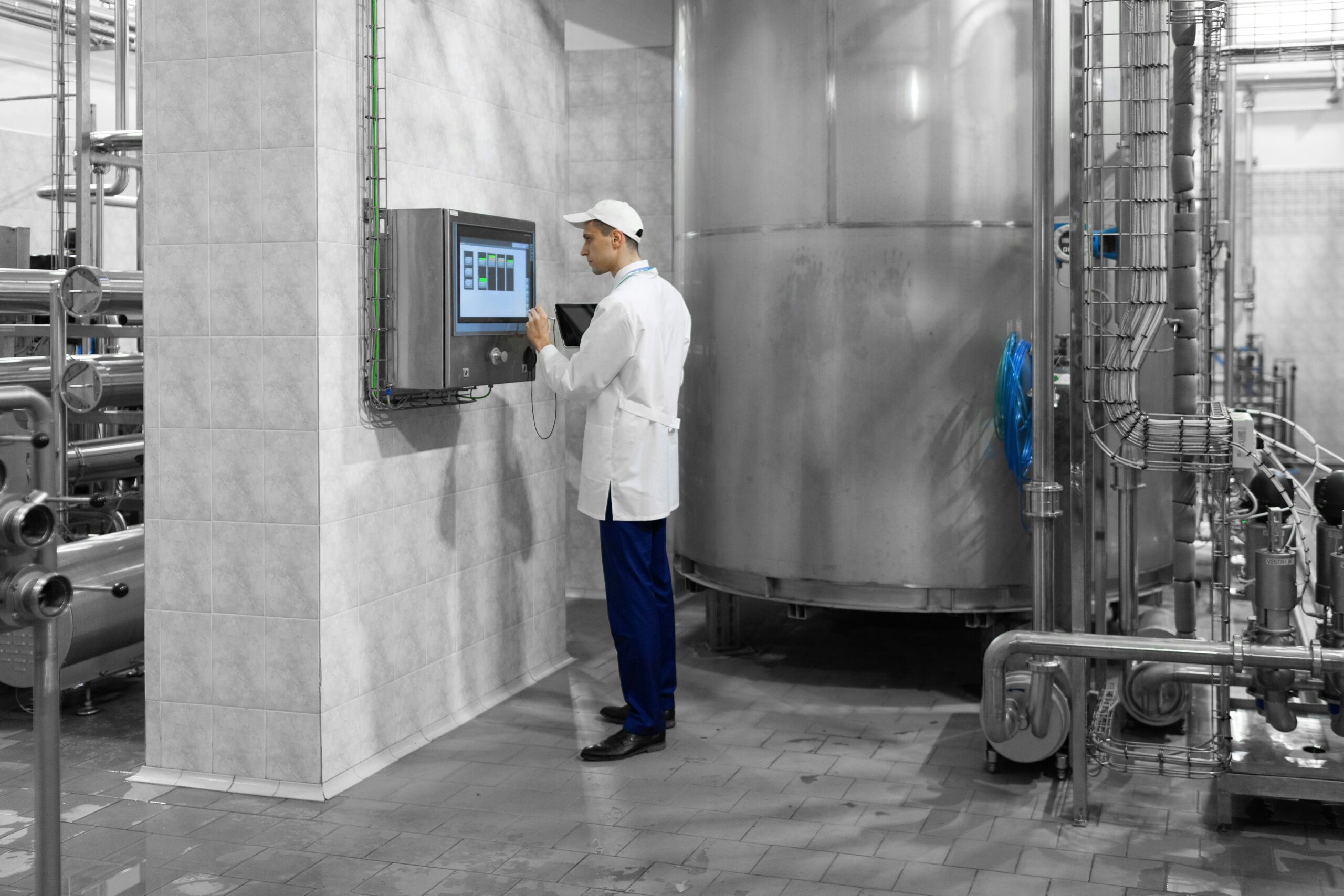


Doug Fogelson
A practical way to save money and reduce emissions is to have an Energy Audit at home, school, or work. This helps to pinpoint areas in the building that waste energy and then determine the most efficient usage. A complete audit should provide the tenant/owner with a recap of energy consumed and rate the efficiency, “benchmark”, or “energy score” as compared to similar buildings, and then give suggestions for improvement options.
The audit process involves an auditor walking both outside and inside the building, analyzing the heating and cooling systems/HVAC, checking the level of insulation including attic/crawl space and basement/crawl space, windows and doors, etc. They are looking at the “airtightness” of the space, and often will seal some doors or windows and use a fan to check airflow. A “thermographic” scan, infrared camera, surface thermometer, and furnace efficiency monitor may be used to measure current data and old utility bills will show previous usage patterns.
One can find an energy auditor in your local area via the utility company (who may also provide or share the cost of an assessment, it’s worth asking!) or simply seek out private business or organization in your area. There are typically two options: a “preliminary” or “detailed” audit report and the time/cost ratio varies. Users enjoy savings of somewhere between 5-30% on energy bills after implementing an auditor’s suggestions.
While a professional audit will yield a true snapshot of current usage, one might choose to do a Do. It. Yourself (D.I.Y.). audit. While best practice to hire a professional to perform a detailed investigation, it is also essential to understand your own usage at home, school, or work and improve things safely where you can.
Here are some key items to consider for a D.I.Y. Energy Audit:
-Look for air leaks (drafts at openings, outlets, etc.), seal with caulk or weatherstripping
-Evaluate ventilation (ensure adequate/healthy air supply, vital for use of gas, propane, or wood)
-Check insulation levels (heat and cold escape easily this way!)
-Evaluate lighting (switch to LED or CFL for long lasting low-energy use)
-Check appliances and electronics (Energy Star efficient or old/low efficiency?)
Lighting makes up 5% of all electricity consumed in US commercial buildings.